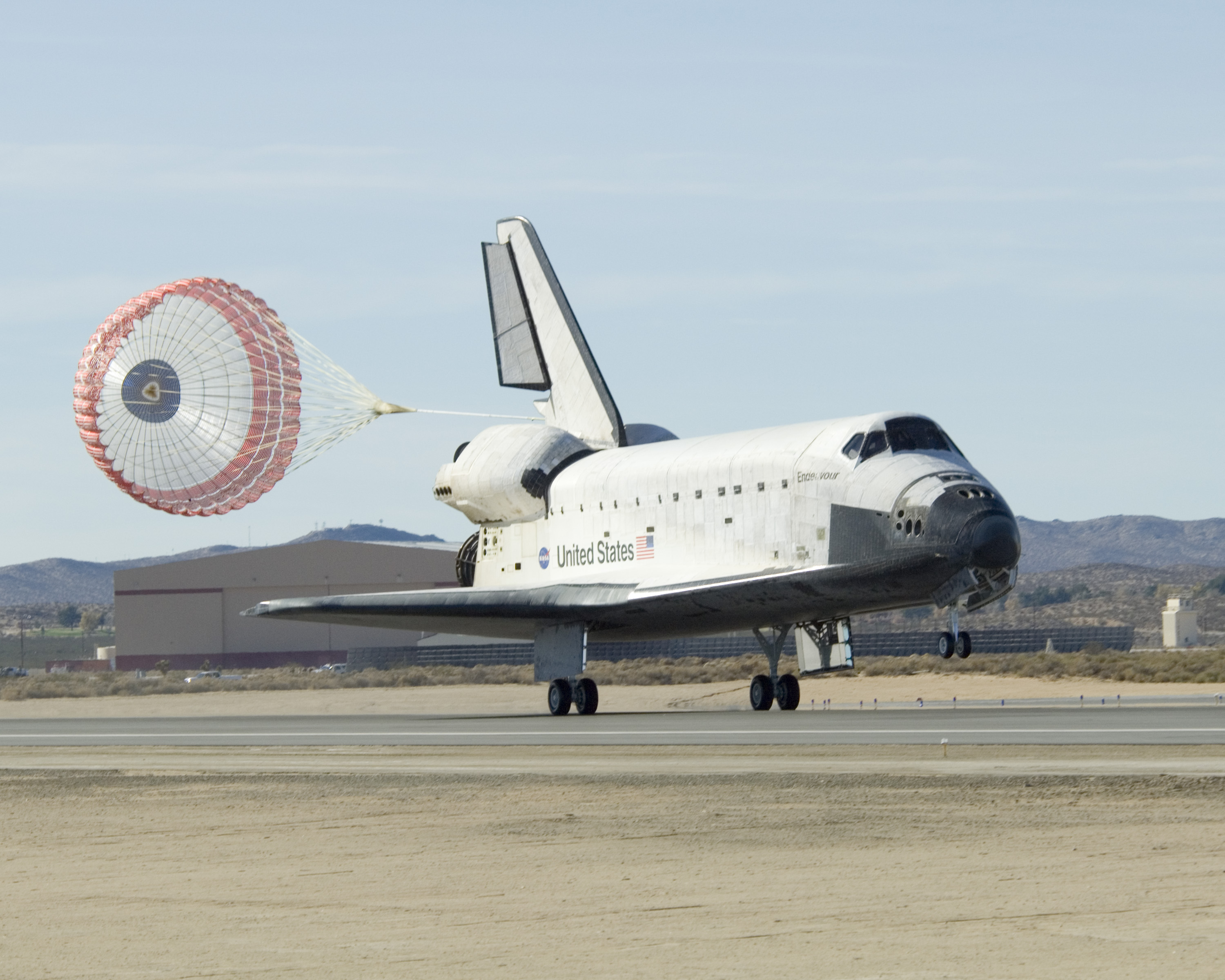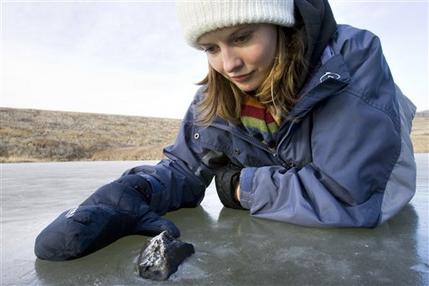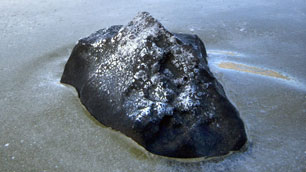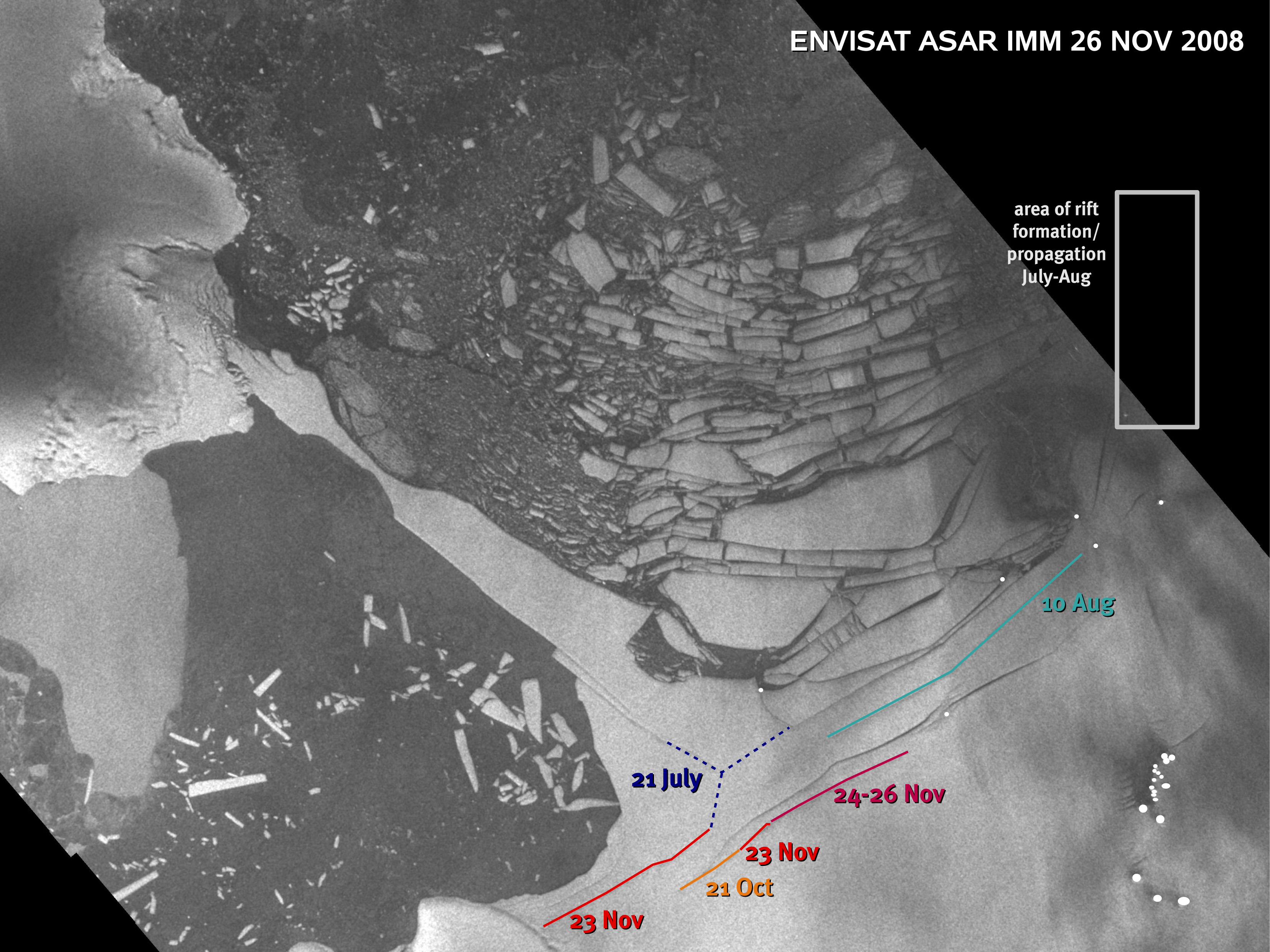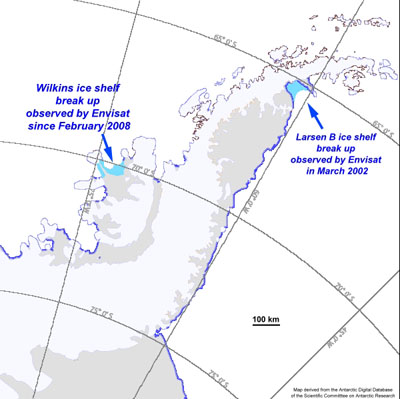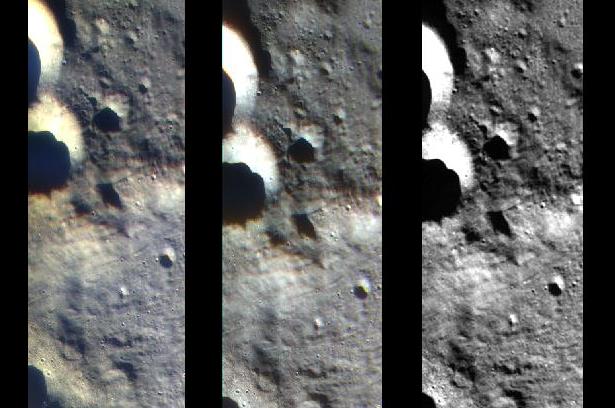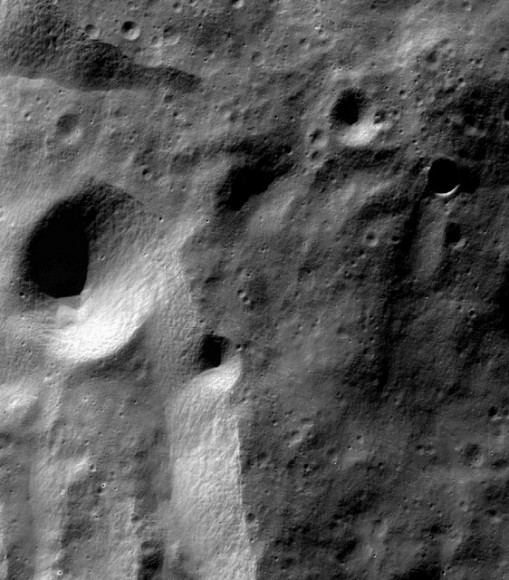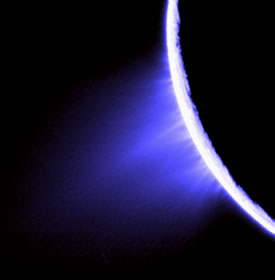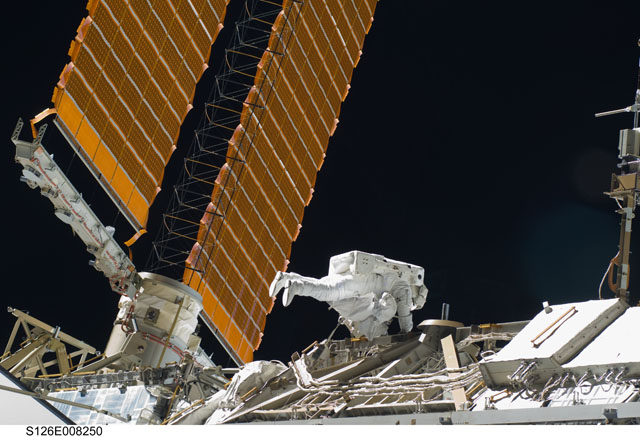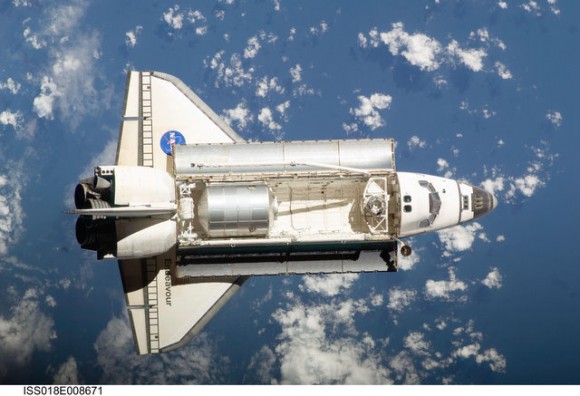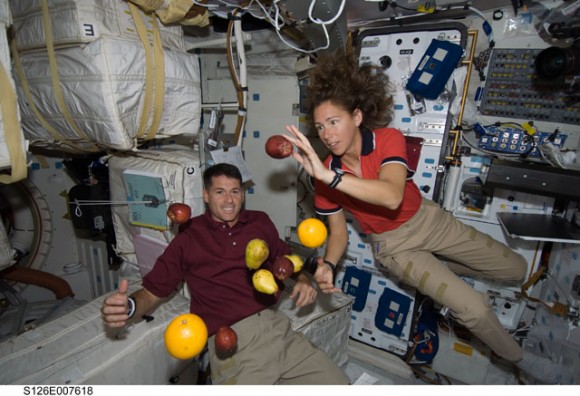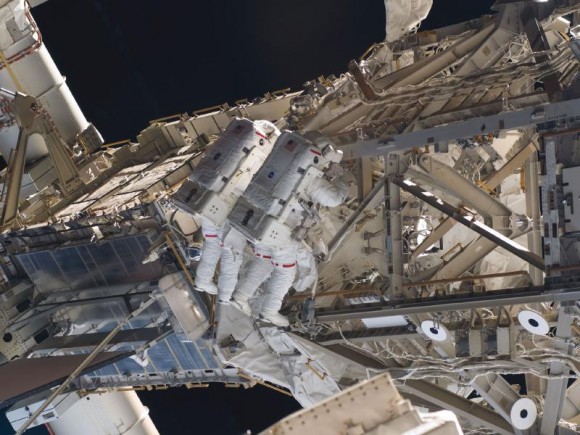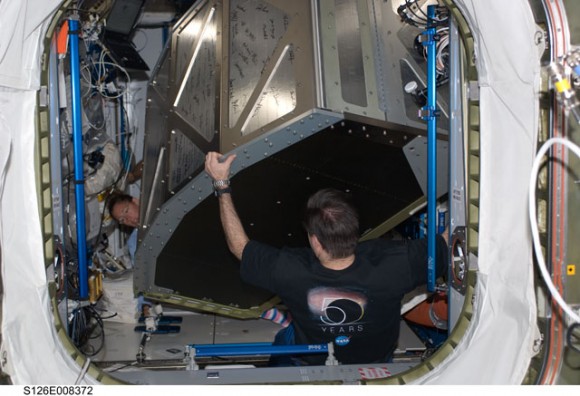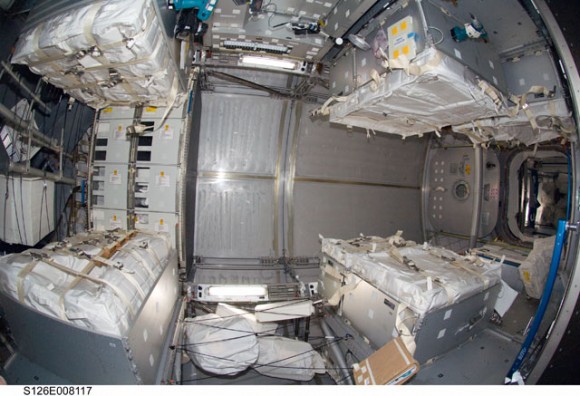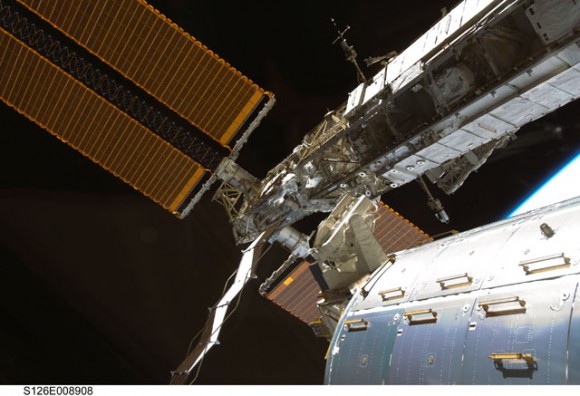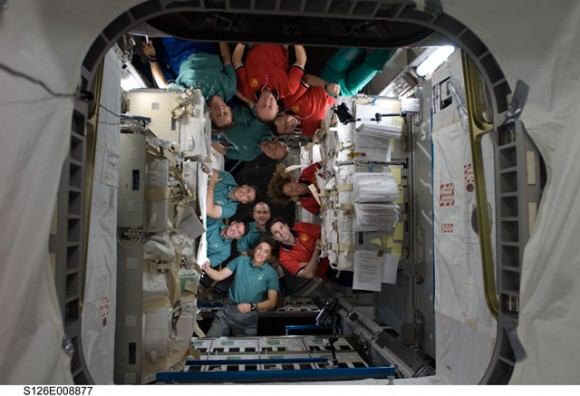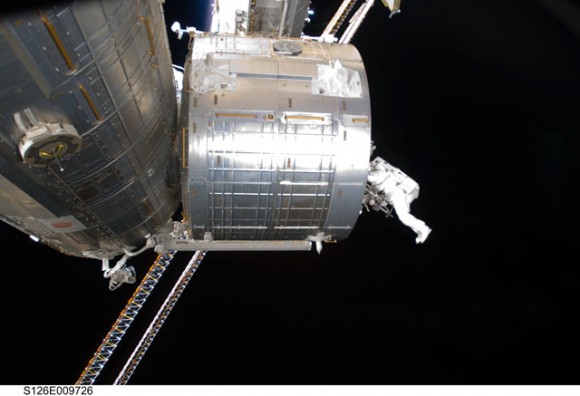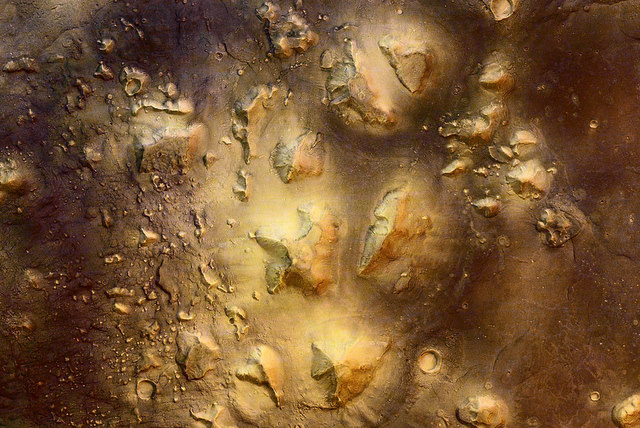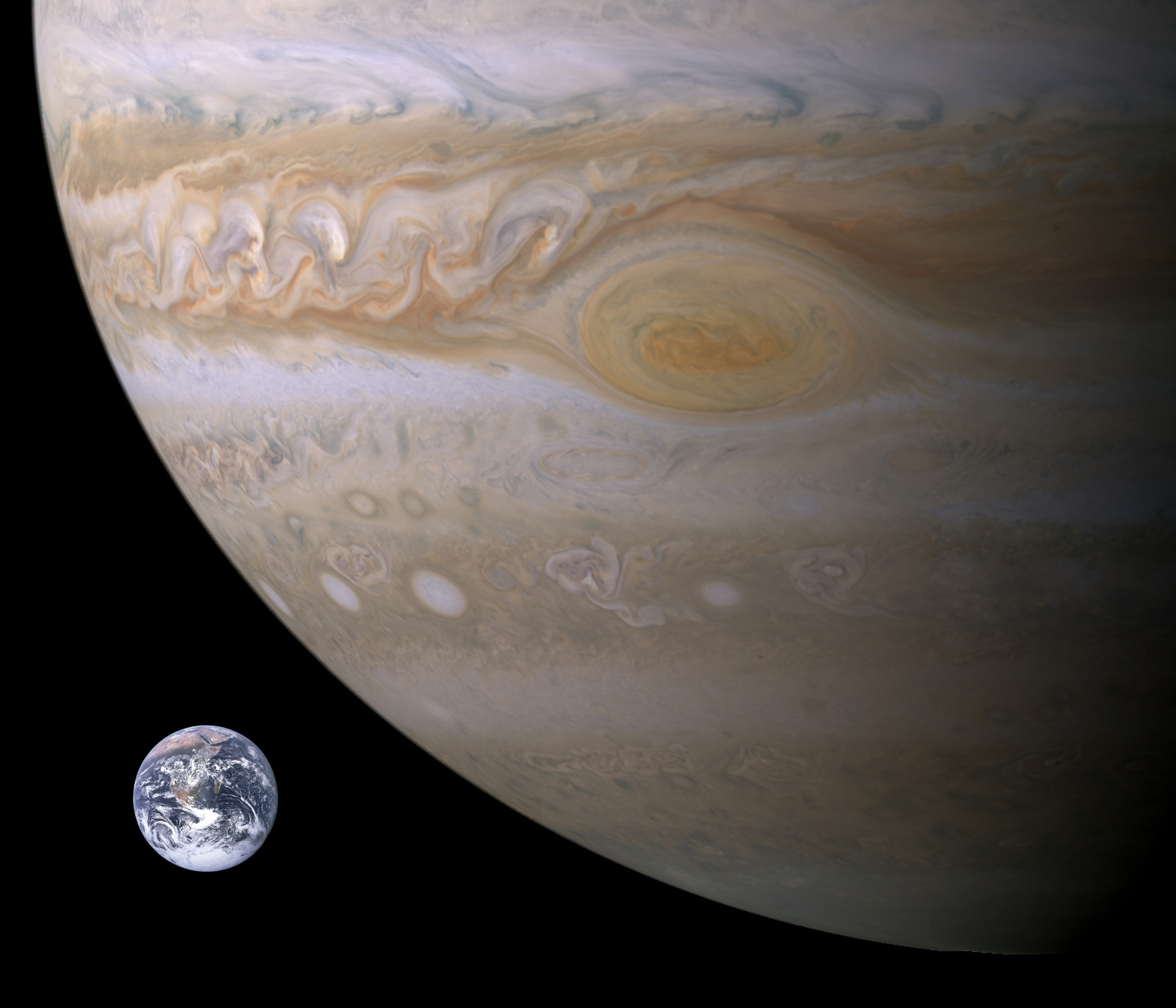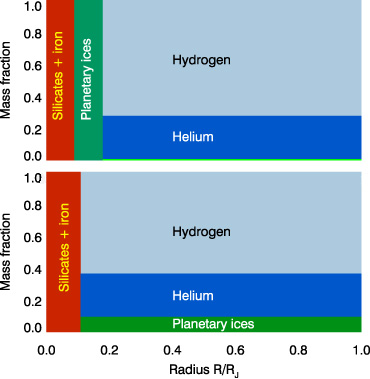[/caption]
Sunday was a busy day for human spaceflight, as space shuttle Endeavour landed safely at Edwards Air Force Base in California, and a Progress re-supply ship docked at the International Space Station. While the shuttle landing went off without a hitch, problems developed with an automated docking system for the Progress ship, forcing a last-minute switch to a manual docking, performed by Russian cosmonaut Yuri Lonchakov. A series of problems including the loss of frequency information and unexpected toggling of the automatic system’s tracking displays occurred, Russian news agencies reported. But Lonchakov, who was already at the manual controls as a precaution, took over from the automated system when the Progress was about 30 meters (98 feet) from the station and guided it flawlessly to the docking port within a few minutes.
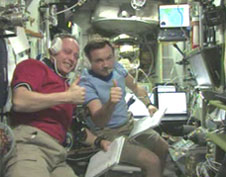
The decision to land in California was made early Sunday morning, as thunderstorms and strong winds prevented Endeavour from attempting either of the two landing opportunities at Kennedy Space Center in Florida, the primary landing site.
The clear blue skies in southern California made for a picturesque landing, with a great view of the shuttle as it quickly dropped through the sky.
Endeavour touched down at 3:25 p.m Central time.
Endeavour arrived at the station Nov. 16, delivering equipment that will help allow the station to double its crew size to six. The new gear includes a water recovery system, which will allow urine and other condensate to be purified and converted into water for the crew’s use. Endeavour returned with samples of the processed water for experts in Houston to analyze before it is approved for use by the crew.
Endeavour’s astronauts also repaired and serviced crucial rotating joints for the station’s giant solar arrays. During four spacewalks, the astronauts lubricated and cleaned the joints that allow the arrays to automatically track the sun.
In addition, Expedition 18 Flight Engineer Sandy Magnus replaced Greg Chamitoff as part of the ISS crew. Chamitoff returned to Earth aboard Endeavour.
STS-126 is the 124th shuttle mission and 27th shuttle flight to visit the space station.
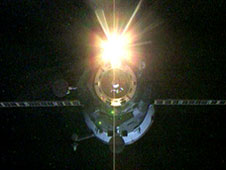
The Progress vehicle, which blasted off from the Baikonur Cosmodrome in Kazakhstan on November 26, was carrying water, scientific equipment as well as personal items and holiday gifts for the ISS crew.
Sources: NASA, AFP

